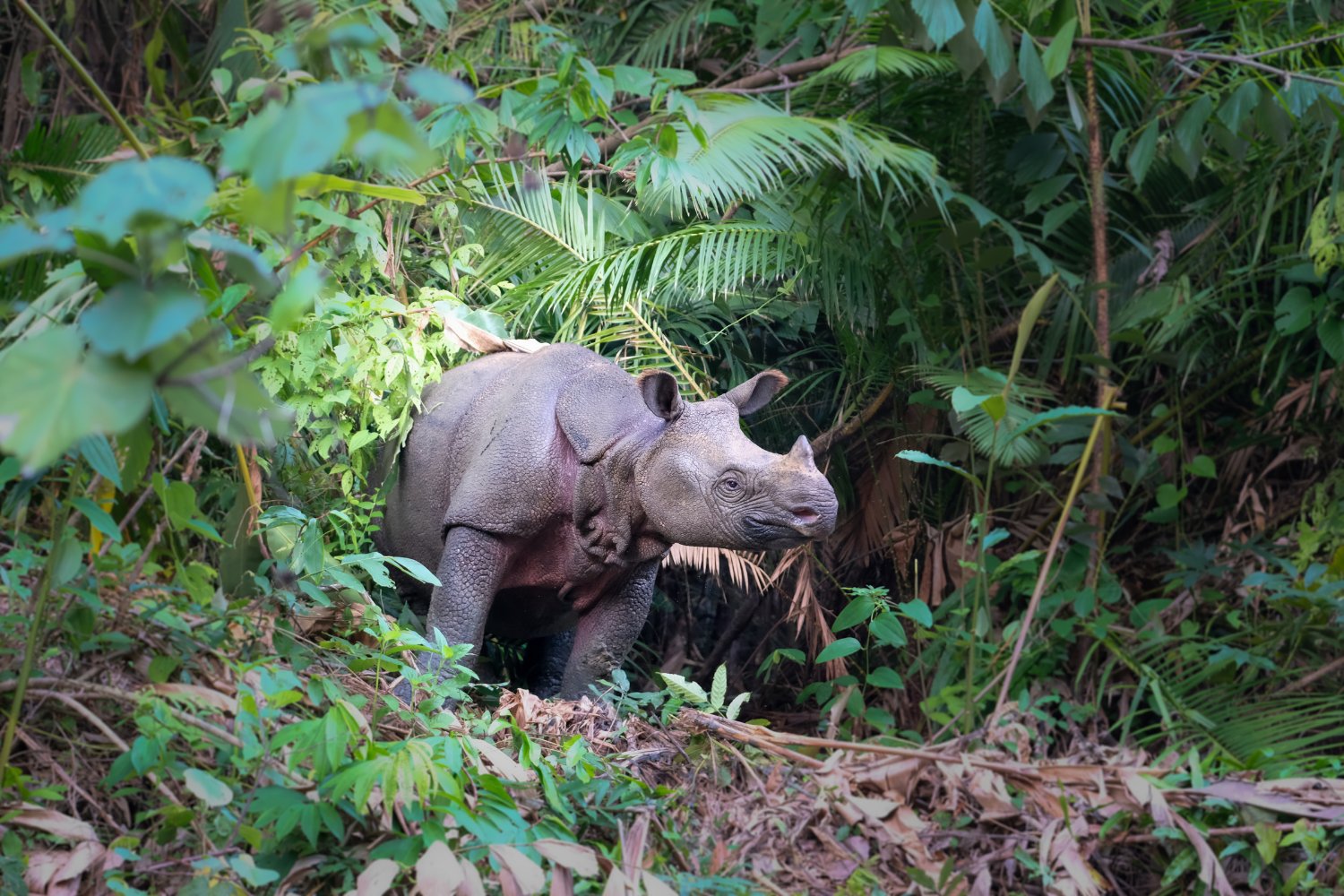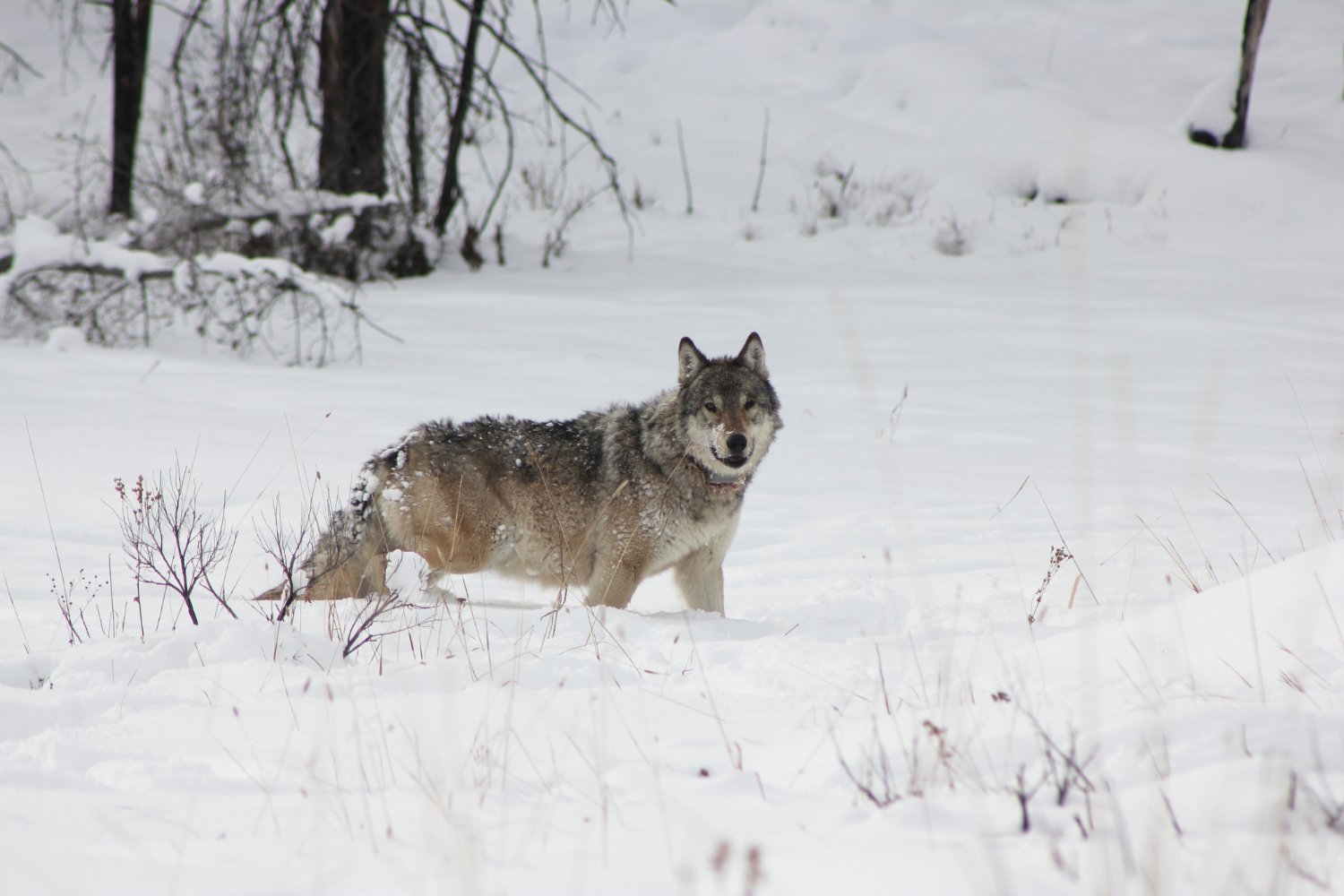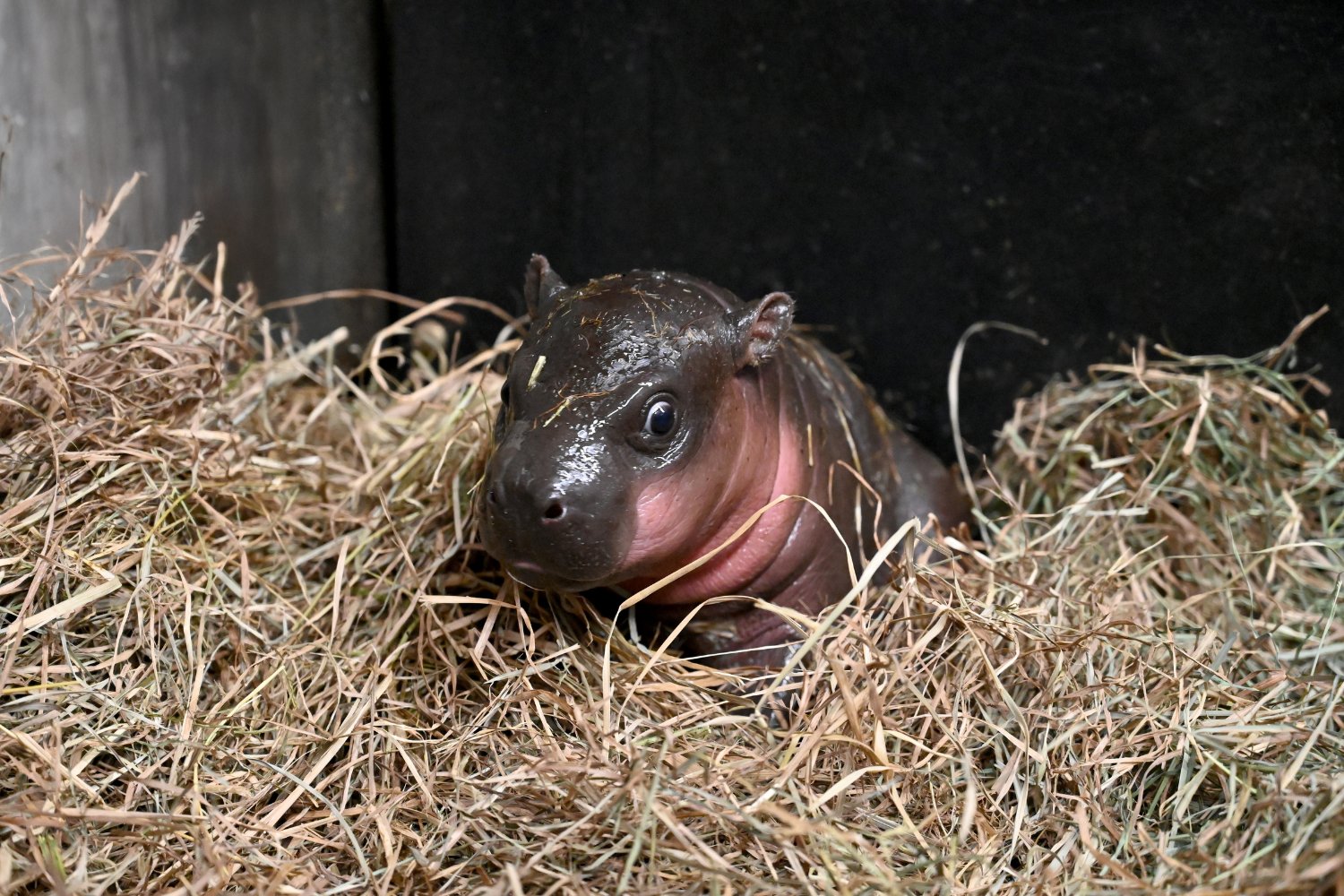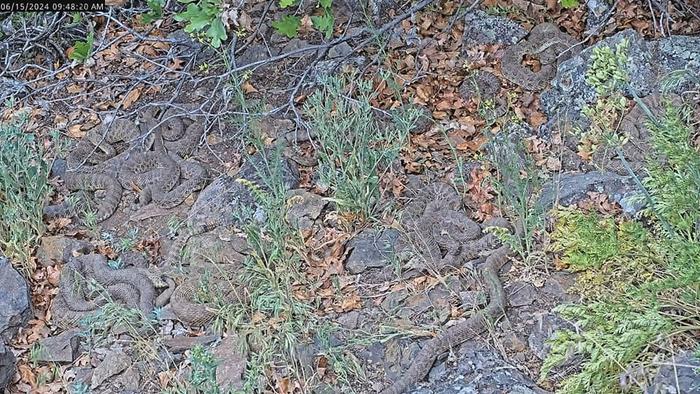Here’s some good news to close the workweek on. On Friday, government officials in Indonesia announced the arrival of a new Javan rhino calf within its borders—a female dubbed Iris. Javan rhinos (Rhinoceros sondaicus) are the most endangered species of rhino in the world.
Iris was actually spotted earlier this May in Ujung Kulon National Park, thanks to an ongoing effort by the government’s Ministry of Environment and Forestry to monitor the only remaining Javan rhino population worldwide using camera traps. She was recorded walking alongside her mother, Putri. Since Putri has never been seen with a calf until now, it’s likely that Iris is her first child. Based on the footage, Iris was deemed to be around three to five months old at the time, and she appeared to be in good health.
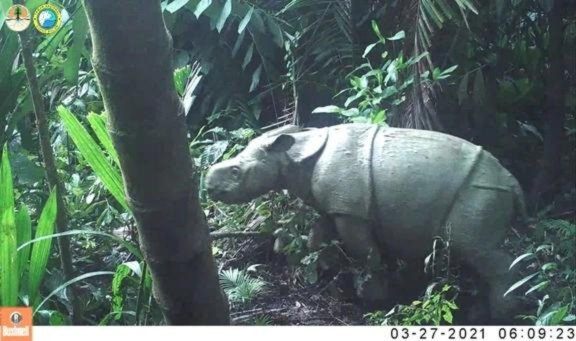
Javan rhinos are relatively small compared to their rhino cousins, even though the tiniest adults can still weigh 2,000 pounds. Only male Javan rhinos have a (singular) horn, which are also smaller than the horns seen on other species. Around 80 Javan rhinos are estimated to currently exist, making them the most threatened of the five living rhino species in the world. Following the death of the last Javan rhino in Vietnam in 2009, all such rhinos today are thought to live in Ujung Kulon National Park, located on the westernmost tip of Java. So any successful Javan rhino birth is cause for celebration.
While Iris did seem to be doing well, and Javan rhinos in the park are legally protected by the government, these animals still face a precarious life. Since last year, Indonesian authorities have arrested at least six alleged poachers under suspicion of having killed 26 Javan rhinos, though it’s not clear how this hunting has affected the overall population. In addition to illegal hunting, the rhinos are still at risk from diseases, predators, and natural disasters. Their small population numbers also make them more susceptible to genetic disorders caused by inbreeding.
“For that reason, we and all parties who help in the Javan rhino conservation efforts must not be careless and must always anticipate any threats that may emerge,” Ardi Andono, head of Ujung Kulon National Park, told Antara, an Indonesian news outlet.
Iris seems to be the third new Javan rhino calf spotted this year. In April, Ujung Kulon National Park officials publicly announced an earlier calf sighting. Officials could not make out the gender of this calf, though they similarly estimated it to be between three to five months old. This calf was officially designated ID.093.2024, while Iris has been given the designation ID.094.2024. These sightings follow reports of new calves in both 2022 and 2023.
